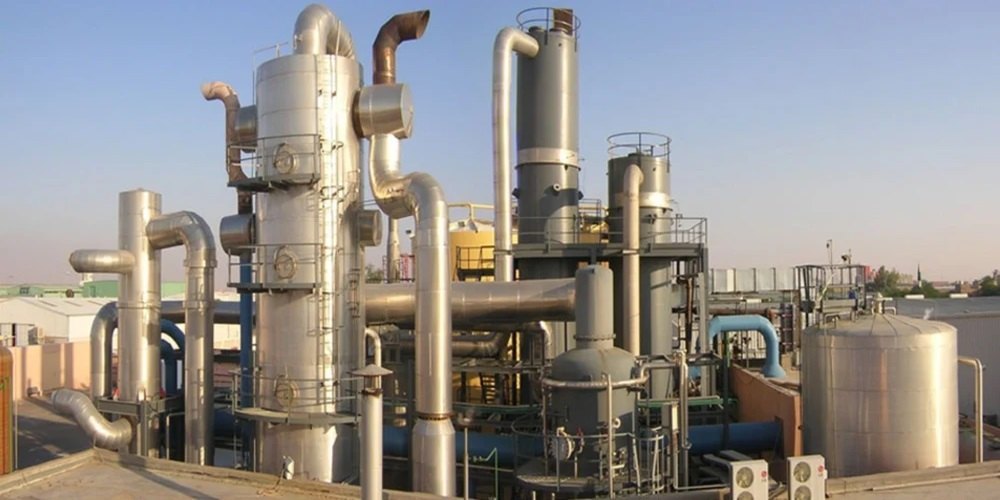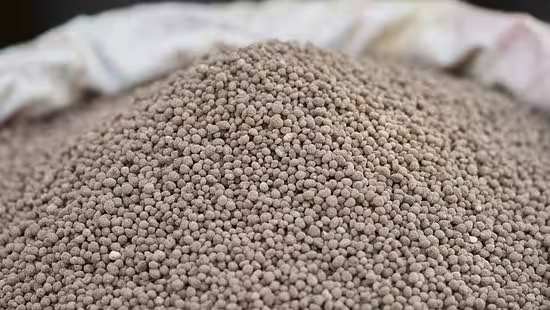
What is Diammonium Phosphate Fertilizer?
Diammonium Phosphate Fertilizer, or DAP for short, is a plant food rich in mineral phosphorus. It is widely used by farmers to produce grains and field crops such as corn, wheat, rye, and some lawn grasses. Many farmers choose to mix it with other fertilizers to meet the specific needs of crops and soil.
Phosphates are essential for the healthy growth of plants and can improve their ability to withstand extreme temperatures such as heat and cold. This also improves their water use efficiency, makes them resistant to early and accelerates growth. This makes DAP fertilizer a popular choice for most farmers.
1. The main raw materials for making DAP are phosphoric acid and ammonia. Phosphoric acid can be obtained by acid hydrolysis of phosphate rock, and ammonia generally comes from a synthetic ammonia plant. Both raw materials need to reach a certain purity before they can be used in production.
2. Reaction process
(1) Neutralization reaction: Phosphoric acid and ammonia are mixed in a certain proportion to undergo a neutralization reaction to generate monoammonium phosphate. This reaction is an exothermic reaction and the reaction temperature needs to be controlled to avoid material loss.
(2) Reaction of monoammonium phosphate and ammonia: Monoammonium phosphate reacts with excess ammonia to generate diammonium phosphate. This step of the reaction also needs to control the temperature and time to ensure complete completion.
3. A crystallization process is required to generate a diammonium phosphate solution through reaction to obtain a product with higher purity. During the crystallization process, the temperature and stirring speed need to be controlled to promote crystal growth and precipitation.
4. Drying the diammonium phosphate wet material obtained by crystallization
It needs to be dried to remove excess moisture, and the dried product needs to be packaged for storage and transportation.
The above is the basic process of making DAP. The specific operation may vary depending on different production equipment and process conditions. To ensure the quality and output of the product, it is necessary to strictly control the parameters of each step in the production process, such as temperature, pressure, material ratio, etc. In addition, making DAP also needs to consider environmental protection and safety issues. The waste gas, wastewater and solid waste generated during the production process need to be properly handled to avoid impacts on the environment and human health.
The LANE double-roll granulator, also known as the LANE compactor, is a model developed by the LANE mechanical professional technical team on diammonium phosphate granulation. The powdered raw material of diammonium phosphate can be directly made into 4-10mmn uniform particles through a series of LANE’s double-roll granulators, with optimal granulation without any additives. The purpose of granulation is to reduce pollution, improve appearance and improve fluidity. This makes it easier to store and transport with well-controlled solubility and porosity.

The powdered material is evenly pre-compressed through the hopper and conveyed to the arc groove of the two rollers. The surface distribution of the two rollers is uniform, the shape is the same, and the contrast is good. Through the insertion transmission of a pair of gears, the two rollers are pressed and rotated in opposite directions at a constant speed.
The powdered material of diammonium phosphate is forced to be compressed instantly. After compression molding, the pressure of the material gradually changes, and it is removed from the granulation tank under the action of gravity and enters the crushing. Then all the particles are screened and classified according to the particle size requirements to obtain uniform granular products that meet the requirements. The broken particles and powder screened out will be crushed and granulated again.
Of course, we also offer other types of products for your different needs, you can click to view.
For more information, please contact us by sending an inquiry today! We can help you!
Copyright © Henan Lane Heavy Industry Machinery Technology Co., Ltd.